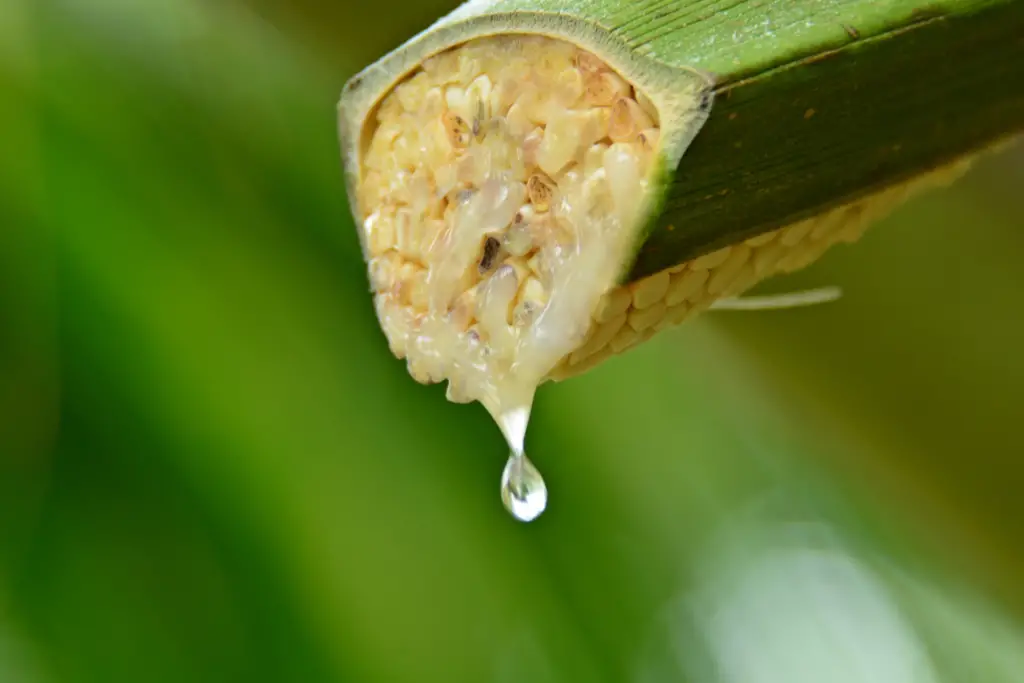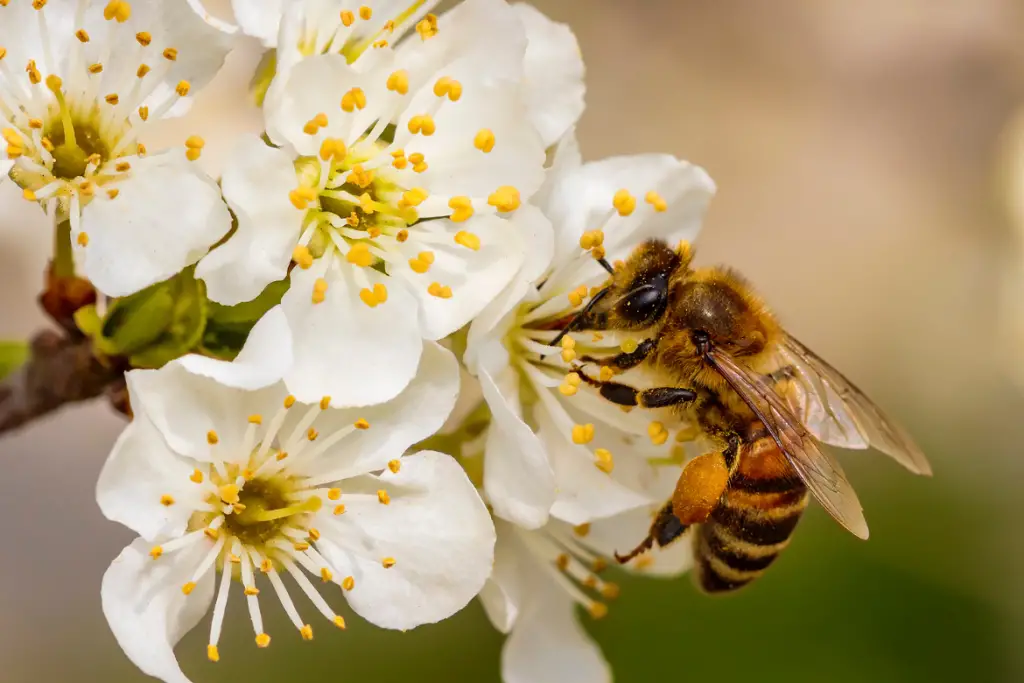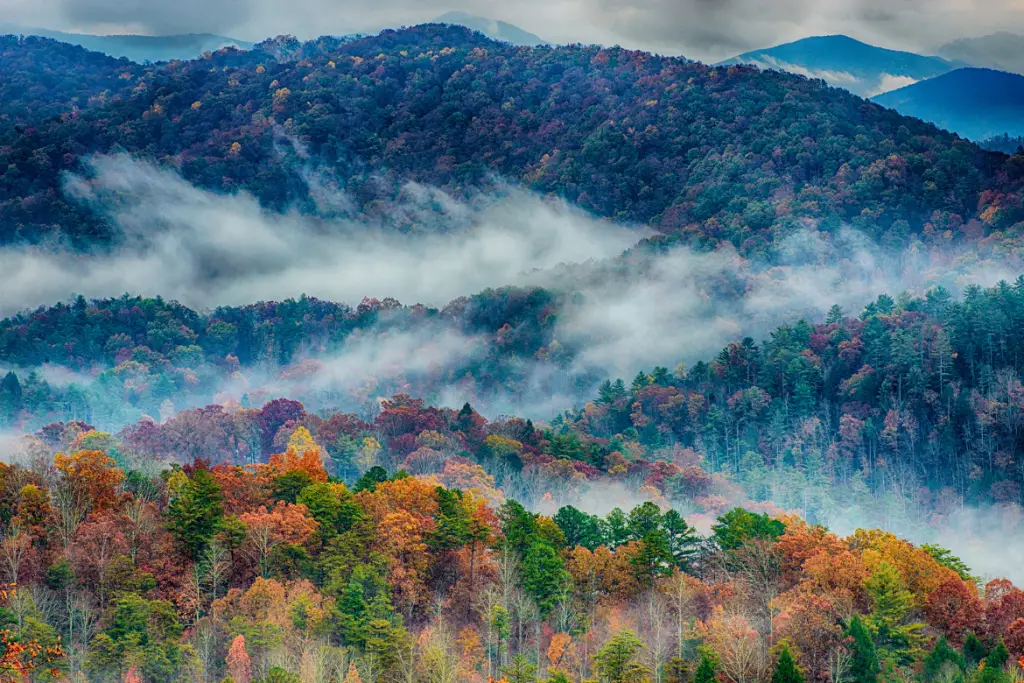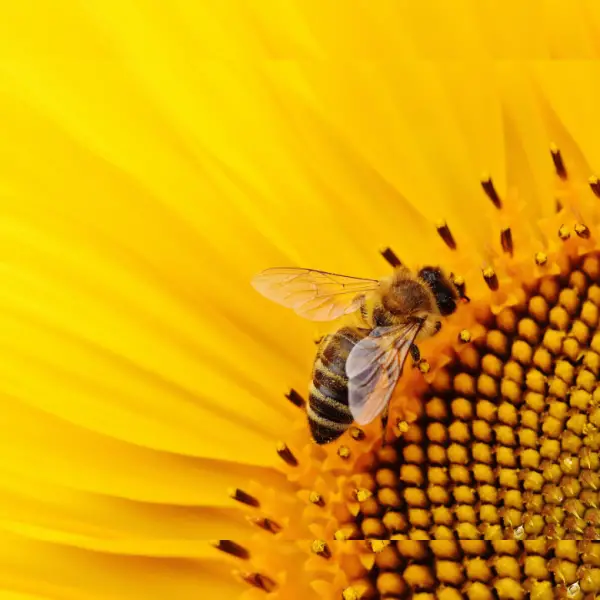This guide is your comprehensive resource for understanding nectar flow in beekeeping. We have gathered insights and practical tips from experienced beekeepers to provide a clear roadmap towards success – think of this manual as your no-nonsense manual, providing all the vital details to effectively manage bees during nectar flows.
Understanding Nectar Flow: Defining It As Nectar Flow
Nectar flow, also referred to as honey flow, is an integral component of beekeeping that takes place when nectar-producing plants come into full bloom and nectar production increases significantly. It impacts bee foraging activities directly, with more nectar available resulting in greater honey bee production; understanding its dynamics is vital for successful hive management.

Factors Influencing Nectar Flow:
Numerous elements influence nectar flow, with seasonal changes and weather conditions playing key roles. Achieve balance between these factors and beekeeping strategies is of critical importance; beekeepers must adapt quickly when faced with unpredictable challenges such as cold springs which reduce nectar availability; this resilience is necessary for producing productive and thriving hives; therefore mastery of nectar flow factors is key to beekeeping success.
Foraging Dynamics during Nectar Flow:
Bees performing their captivating dance during nectar flow is more than an impressive sight; it serves an essential purpose. Through distinct flight patterns, bees communicate the amount or lack thereof of nectar available within their hives to their hivemates, helping guide them toward optimal foraging locations for increased efficiency and honey production. Understanding this communication allows beekeepers to accurately gauge productivity within their hives and make informed decisions for optimal honey production.

Unlocking the Key to Recognizing Cash Flow:
Recognizing nectar flow isn’t just an impressive trick; it’s a practical necessity. By closely observing your environment, you become attuned to subtle signs of flourishing nectar sources and by consulting local beekeeping associations for information on diverse nectar flows, you become adept at recognizing nectar flow. Consulting these sources allows beekeepers to strategically place hives near abundant nectar sources – leading to maximum honey production! Knowing when bees thrive during times of abundance enables beekeepers to make timely adjustments that ensure maximum honey production potential – honing this skill and unlocking its full potential in beekeeping ventures!
How Weather Affects Nectar Flow
Beekeeping requires understanding and planning for climate variations during nectar flow. Rain, which serves both as a blessing and challenge, can wash away nectar-rich blossoms, diminishing honey production. An extended cold spring adds another level of complexity, necessitating beekeepers to develop strategies for effective colony management in such trying circumstances. Temperature has an enormous influence on nectar flow; temperature directly affects its optimal secretion rate, so beekeepers must adaptable as they navigate challenges in keeping colonies alive during extended cold spells. Being weather-aware is more than a precautionary measure; it ensures the resilience and productivity of bee colonies throughout nectar flow seasons.

| Nectar Flow Facts |
|---|
| 1. Bee Navigation: Foragers communicate nectar locations through distinct flight patterns, ensuring efficient honey collection for the hive. |
| 2. Productivity Link: Abundant nectar directly correlates to increased honey production, showcasing the direct impact of nectar flow on hive productivity. |
| 3. Collective Effort: Nectar flow turns a bee colony into a coordinated team, with each bee contributing to the collective effort of making honey. |
| 4. Weather Challenges: Weather conditions, such as rain or cold, can pose challenges to bees during nectar collection, affecting overall honey production. |
| 5. June Gap Awareness: Beekeepers stay vigilant during the “June gap,” a period with less nectar, ensuring their colonies receive the necessary care and sustenance. |
| 6. Strategic Beekeeping: Proactive beekeeping involves planning ahead for nectar flow, ensuring colonies are prepared for optimal honey production. |
| 7. Weather Insights: Beekeepers use weather observations to predict peak nectar availability, making them akin to weather experts for bee-related activities. |
| 8. Behavioral Adaptation: Bees exhibit behavioral changes during nectar flow, prompting beekeepers to closely monitor and adapt hive management for optimal outcomes. |
FAQs: Navigating Nectar Flow in Beekeeping
Q1: What is nectar flow in beekeeping? A1: Nectar flow, also known as a honey flow, is the period when nectar-producing plants enter full bloom. It’s a crucial phase influencing honey production in beekeeping.
Q2: Why is recognizing nectar flow important? A2: Recognizing nectar flow allows beekeepers to strategically place hives near abundant sources, maximizing honey production. It’s a practical skill ensuring optimal hive management.
Q3: How do bees communicate during nectar flow? A3: Bees communicate the abundance of nectar through distinct flight patterns, guiding hive mates to optimal foraging locations.
Q4: How does weather impact nectar flow? A4: Weather, including rain and temperature, directly influences nectar secretion. Beekeepers must navigate these variations for successful hive management.
Q5: What is proactive beekeeping? A5: Proactive beekeeping involves strategically building up colonies in anticipation of nectar flows. Techniques like feeding stimulative sugar syrup maximize honey yields.
Q6: What is the “June gap” in beekeeping? A6: The “June gap” is a period known for nectar dearths. Beekeepers stay vigilant, recognizing signs of defensive behavior, and take preemptive measures like feeding to avoid starvation.
Q7: How does weather play a role in beekeeping? A7: Weather conditions, including soil moisture, relative humidity, and temperature, impact nectar secretion. Beekeepers gain insights to optimize honey production.
Q8: Why is observing hive behavior important? A8: Observing hive behavior during nectar flows reveals signs of adaptation and change within the colony. It’s a practical skill for effective hive management.
Conclusion
For successful beekeeping, colony management is of utmost importance. Utilizing proactive strategies such as building colonies in advance of nectar flows has proven indispensable, while techniques like feeding stimulative sugar syrup mimic natural flows to maximize honey yields and maintain vibrant colonies. Exploring migratory beekeeping becomes a journey into strategic honey production and abundance.
Harmonizing nectar flows with weather dynamics enables beekeepers to unlock a deeper level of understanding. Watching how their colony responds during nectar flows reveals signs of adaptation or change within their colony; exploring preferences of different plant varieties adds artistic flare while leading to optimal hive management. With such an all-inclusive approach in place, beekeepers are better equipped than ever to navigate this delicate dance between nectar flows, weather conditions, and colony behavior.


